Qatar – the rising star of tourism
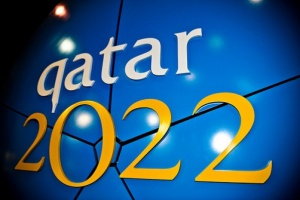
Jumeirah is among the among the hospitality giants eyeing up opening new properties in Qatar in the build up to the 2022 World Cup.
The Arabian luxury brand is behind a list of iconic hotels including Dubai’s Burj al Arab, which was named World’s Leading Hotel at the World Travel Awards, (for an exclusive glimpse inside the hotel visit www.virtual-burjalarab.com). However it does not yet have a property in neighbouring Qatar, but has earmarked the fast-growing destination as a top priority in the build up to 2022.
“It’s in our development pipeline,” said Piers Schreiber, Jumeirah’s vice-president of corporate communications and public affairs, at a talk about sport tourism at the Dubai campus of University of Strathclyde this week.
Qatar is also setting out its world-class hospitality credential by playing host to the World Travel Awards 2011 Grand Final later this year. The prestigious gala ceremony, known as “The Oscars of the travel industry” will play host to winners from five regional events held in Dubai, Turkey, Egypt, Bangkok and Jamaica. The event will attract the elite of the global travel industry.
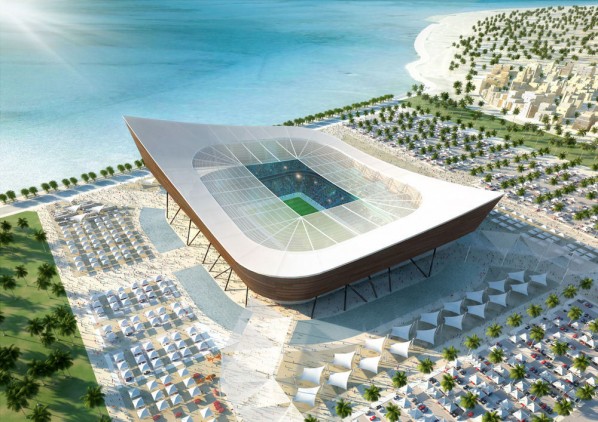
(Qatar Al Shamal Stadium will play host to a number of games at the World Cup 2022)
State-of-the-art transport and hotels
As Qatar steps up to become the first Arab nation to host the World Cup, the next decade provides a once-in-a-lifetime opportunity for the Middle East to narrow the sport tourism gap with the West.
The tiny nation has highlighted technology as the key to hosting the world’s largest sporting spectacle.
Tourism is a major cornerstone in Qatar’s strategy to diversify its economy away from oil of gas. It receives approximately one million international visitors a year, but about 90 percent of these are currently business travellers.
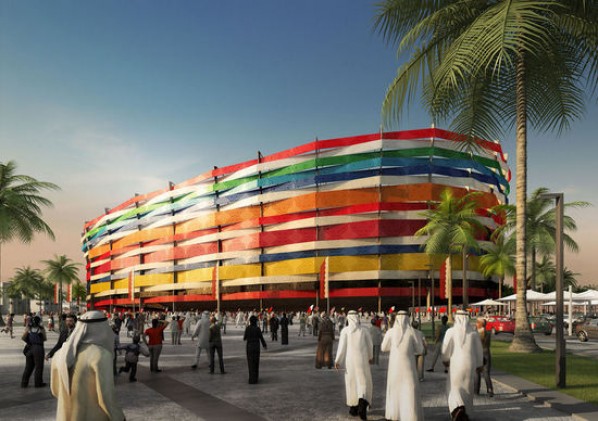
(Modular components of the stadiums no longer needed will be dismantled and shipped to other countries in order to promote football development)
The Qatar Tourism Authority anticipates that the World Cup will attract a whole new market of leisure visits, keen to experience Qatar’s cultural and attractions and sport tourism. It is expecting a 20 percent growth in tourism over the next five years.
The bid victory will kick start an unprecedented construction spree in Qatar that aims to ensure fans have access to the most state-of-the-art facilities ever deployed at a World Cup.
Between now and 2015 alone, Qatar plans to spend $100 billion on infrastructure. This includes a $25 billion rail network, an $11 billion airport, an $5.5 billion seaport An additional $20 billion will also be spent on building new roads.
Size also works strongly in Qatar’s favour. It is the smallest nation to stage the World Cup since Uruguay in 1930, with 10 out of its 12 stadiums located within a 30 kilometre radius.
According to FIFA’s Bid Evaluation Report on Qatar’s tender, $17 billion will be ploughed into hotel development over the next five years. The number of hotel properties will increase from the current 100 to 240, and hotel room inventory will more than double to 90,000. Two thirds of the new supply, which will amount to around an extra 55,000 rooms, will be covered by 17 construction projects, 13 of which will be completed by 2016.
A whole new class of stadium
Most radical in Qatar’s bid pitch was the pioneering technology behind its 12 proposed stadia.
The one sticking block of the country’s bid is that if it hosts the tournament in summer, temperatures can reach a searing 40-degrees Celsius. However Qatar aims overcome this by building 12 air-conditioned stadiums which will use solar energy to keep fans and players cool during matches. These stadia, it says, will be carbon neutral.
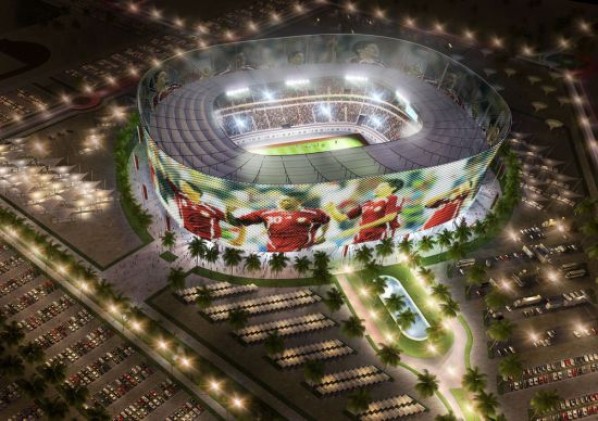
(Al Rayyan stadium will feature a “media facade” membrane that acts as a screen for projections)
The question of legacy will also be handled in an innovative way. Qatar is planning to build modular stadiums that would be dismantled after the tournament, and deployed in countries with poor football infrastructure.
From the artist impressions, the stadiums have the potential to become architectural icons. Highlights include the Al-Rayyan stadium, which includes a “media facade” membrane that acts as a screen for projections such as news, commercials, sports updates and live matches.
The World Cup centre-piece, the Lusail Stadium, will have a capacity of 86,000 and be surrounded by water. It will take four years to build and promises to be as breathtaking as Beijing’s iconic ‘Birds Nest’ Olympic Stadium.
A fast-growing football region
The decision to go to Qatar certainly reflects the vast growth of football’s popularity in the Middle East; something the Premier League has done so much to fuel.
Zinedine Ziadane, who acted as an ambassador for Qatar’s bid, said it was a sign that “the Arab world is emerging”.
Thousands of fans converged on the Corniche and other public places in Doha in a spontaneous outburst of joy following the victorious announcement, and there is a wider sense that this could be a transformational moment for the region.
Qatar will be eager to display a welcoming image to the world in the build up to 2022, however there is no denying that the Islamic nation possesses a much more conservative culture than previous World Cup hosts. The sale of alcohol, homosexuality and rowdy fans will no doubt present significant challenges.
The country needs to plan out to consolidate this culture clashes in the 12 years leading up to event so that it can fully capitalise on the benefits of the World Cup for in the years to come, and leave fans with favourable memories.
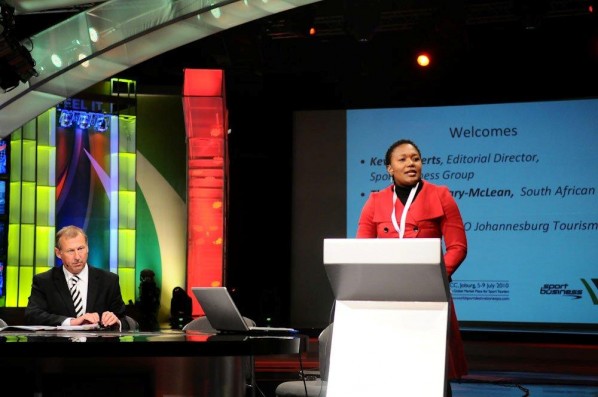
(Lindiwe Kwele, CEO, Johannesburg Tourism Company, was instrumental in making her city a hit off the football field - pictured here making the opening keynote speech at World Sport Destination Expo, which was held in Johannesburg during the final week of the World Cup)
People will spend most of their time outside football stadiums and around the city, and that is something the bidding committee was keen to address. Organiser will be working on ways to create a complete and unique experience that lasts beyond the 90 minutes.
They will be looking to South Africa, which employed a hugely successful campaign in host city, Johannesburg. Its “Joburg Rocks” campaign focussed on the city of gold’s multitude of off-the-pitch activities.
Communication is key
In the build up to the 2022 World Cup in Qatar, City Mobi has launched its new guide to the capital.
Doha.Mobi is the latest in this illustrious line up of city guides, with over 800 cities in 200 countries listed. Each is developed by the World Mobi team to combine into a single global travel directory.
The guide offers click to call functionality – which means no scribbling down telephone numbers.
Most entries are also linked to websites where users can quickly access more detailed information if needed.
Other key features include information on accommodation, restaurants, attractions, entertainment, nightlife, shopping, and transport.
City.Mobi guides include user reviews and traveller utilities such as a translation guide, currency converter, news and local weather guide.

